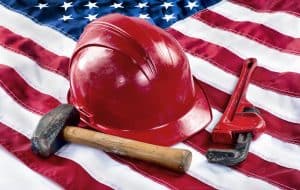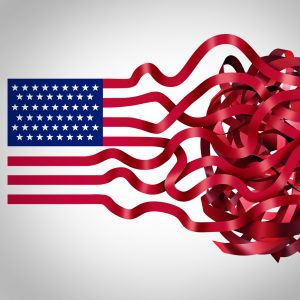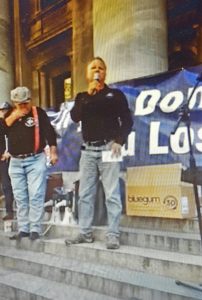 Several readers have expressed curiosity over the WorkSafe Legislative Amendment Bill currently in the Victorian Parliament and mentioned by lawyer Steve Bell last week. Bell pointed to a couple of issues in the Bill and gave the impression that the Bill was aimed at tidying up some administration. Several of the issues raised in the Bill deserve contemplation.
Several readers have expressed curiosity over the WorkSafe Legislative Amendment Bill currently in the Victorian Parliament and mentioned by lawyer Steve Bell last week. Bell pointed to a couple of issues in the Bill and gave the impression that the Bill was aimed at tidying up some administration. Several of the issues raised in the Bill deserve contemplation.
The Bill is still not through Parliament. The next stage of the process will occur on April 5, 2017 but the Minster’s





 Following the resignation of Andrew Puzder, President Trump has nominated
Following the resignation of Andrew Puzder, President Trump has nominated 